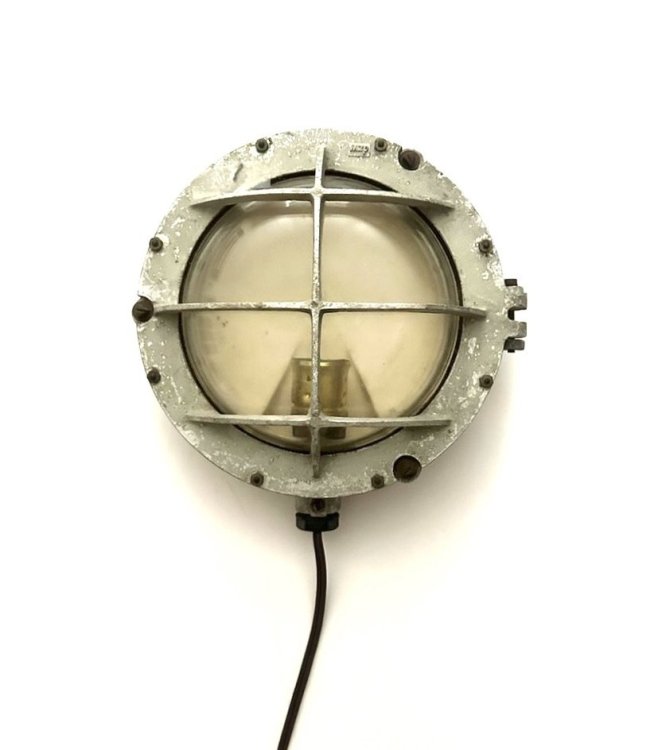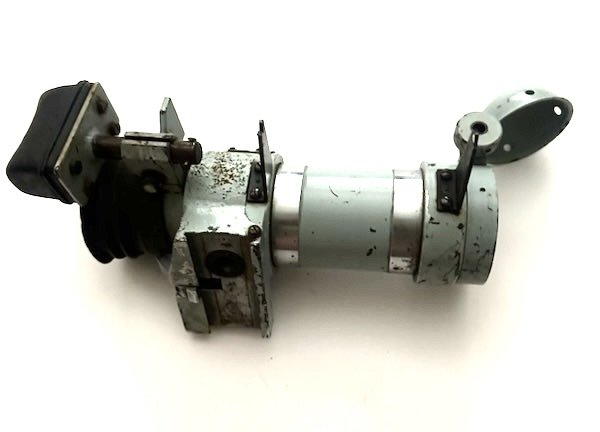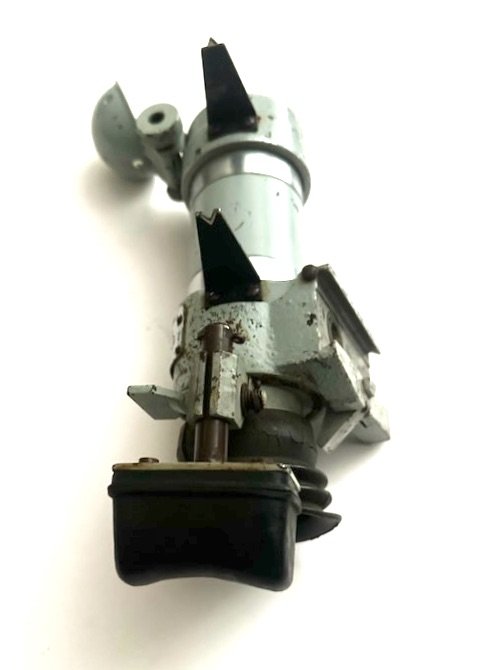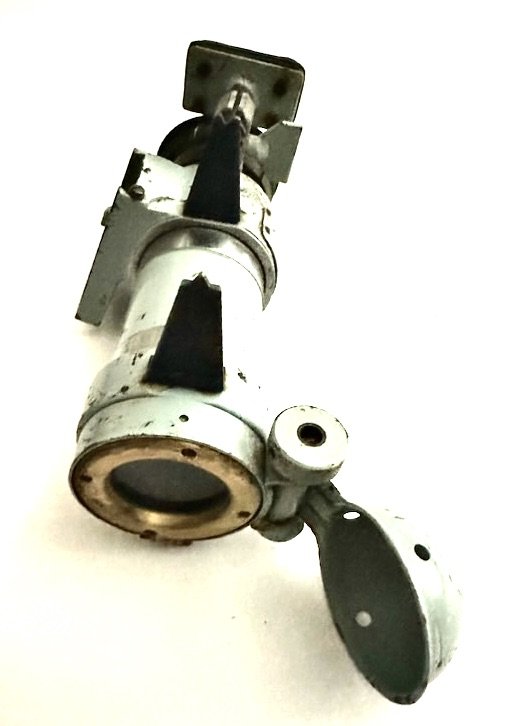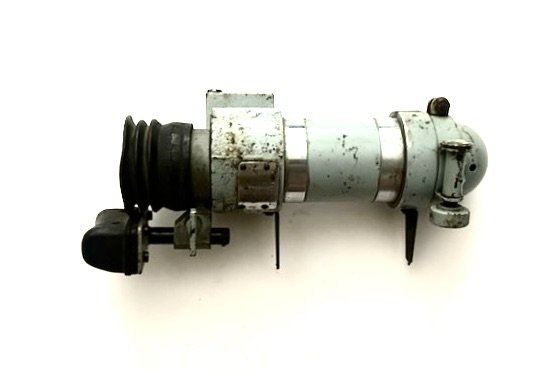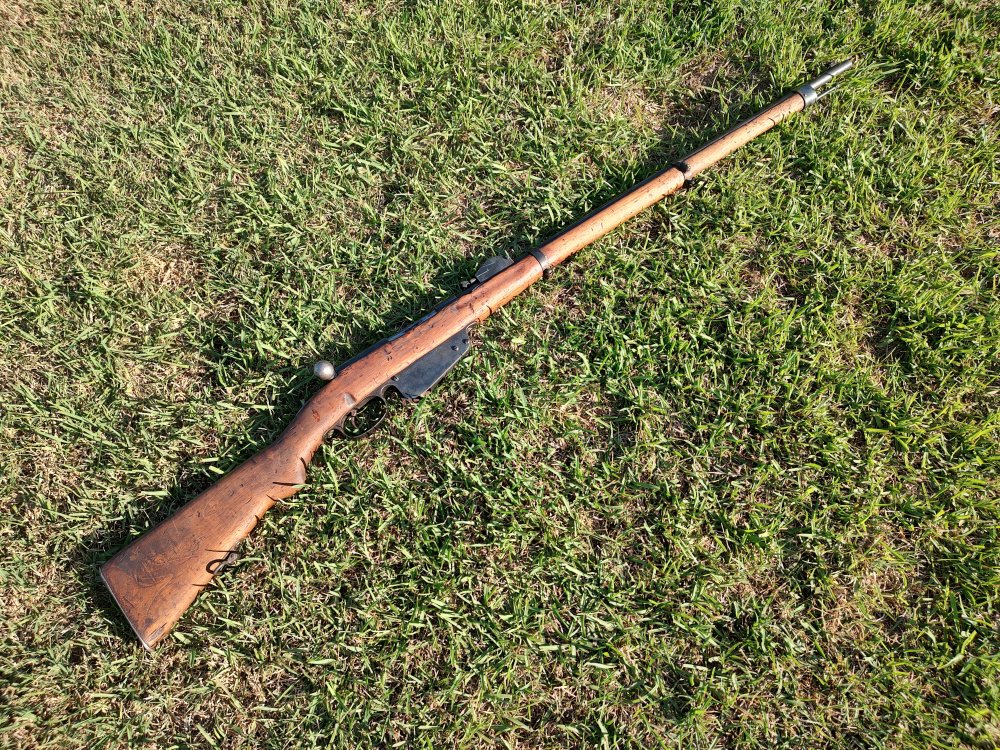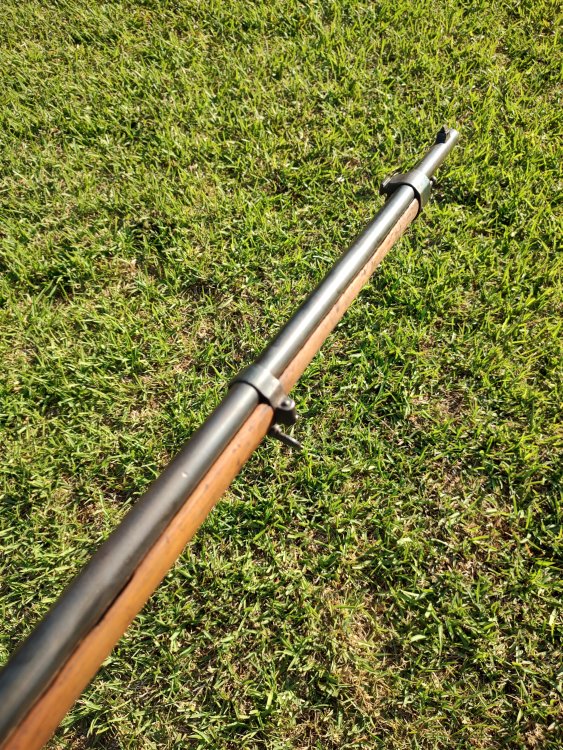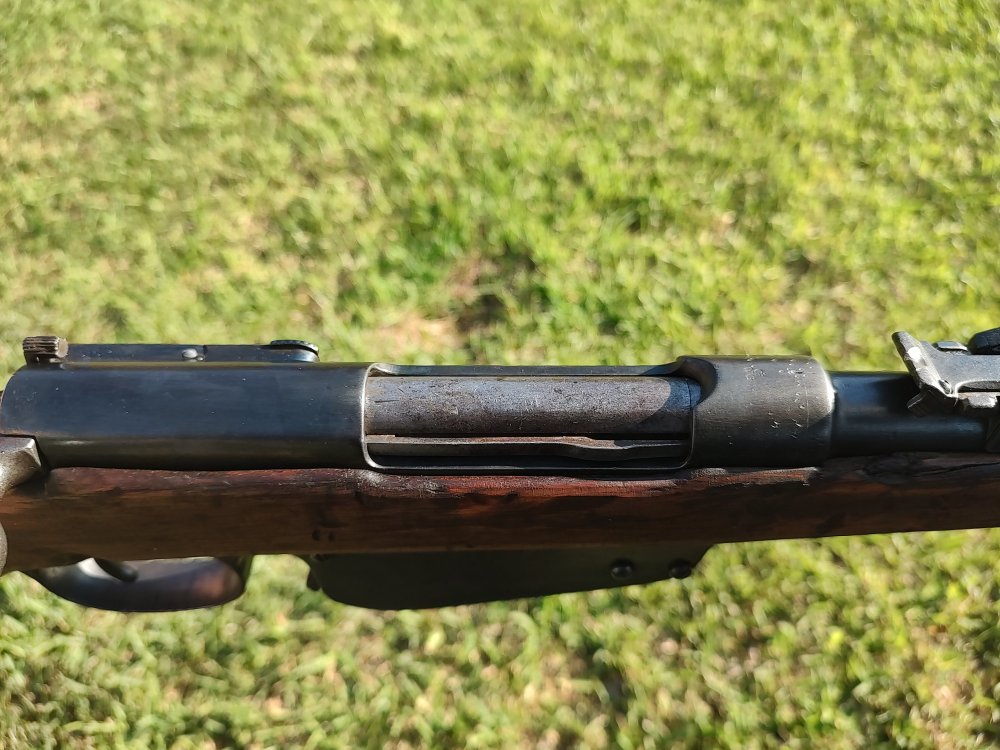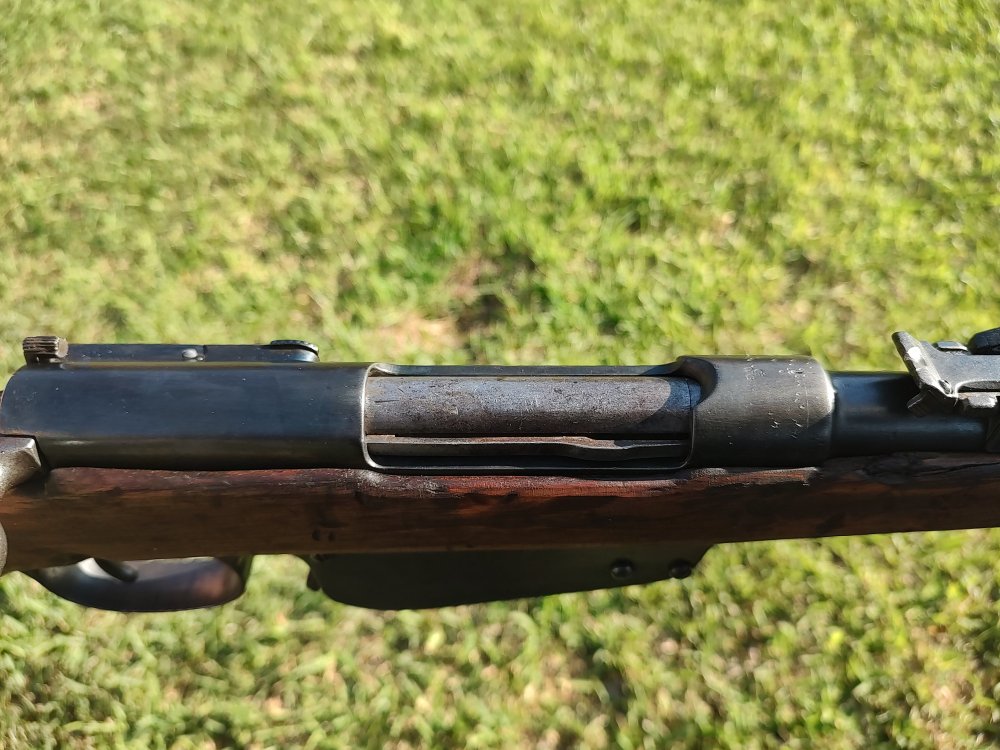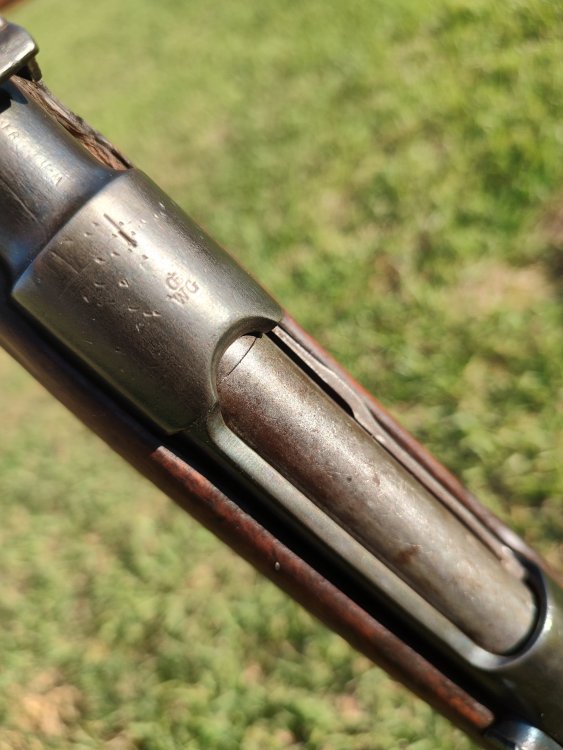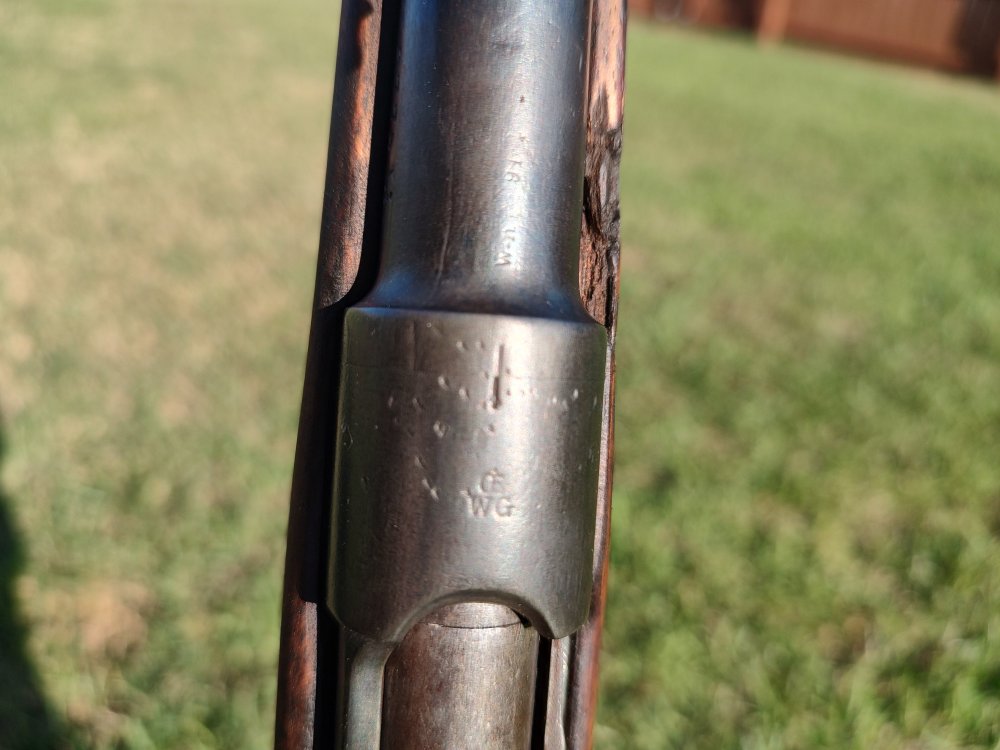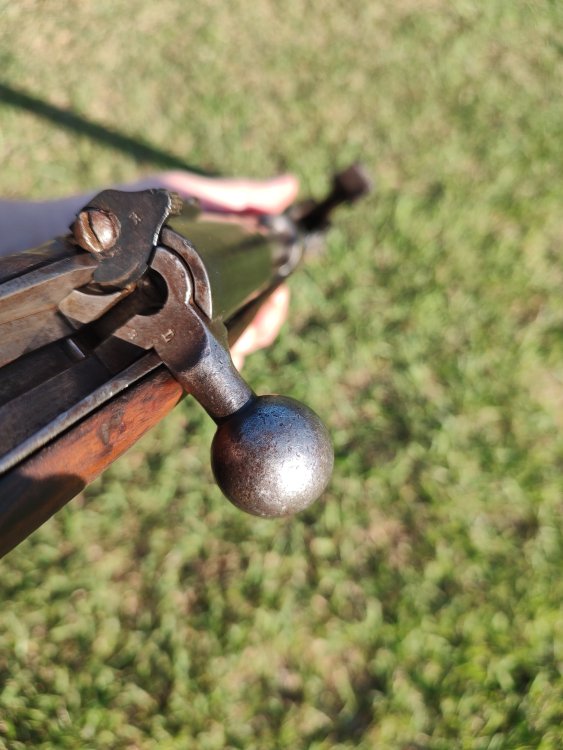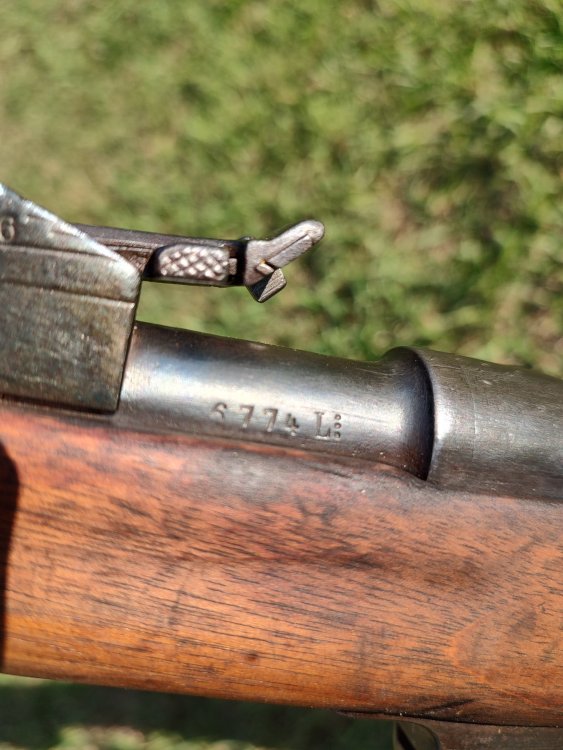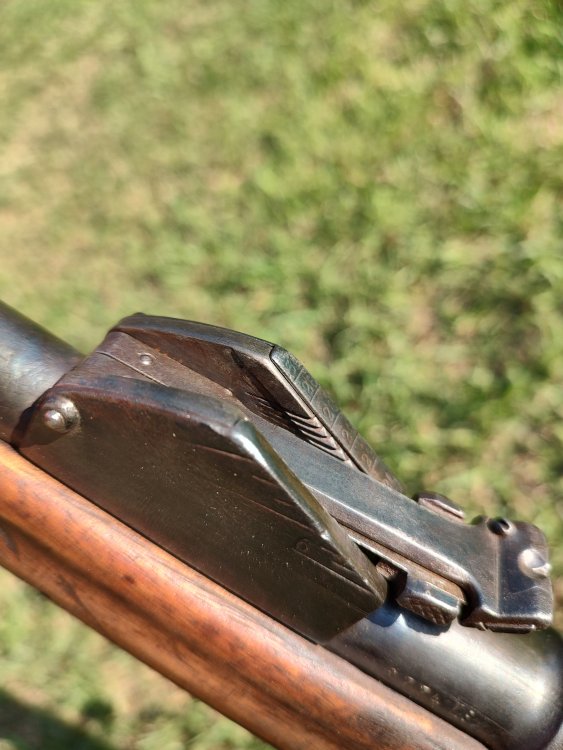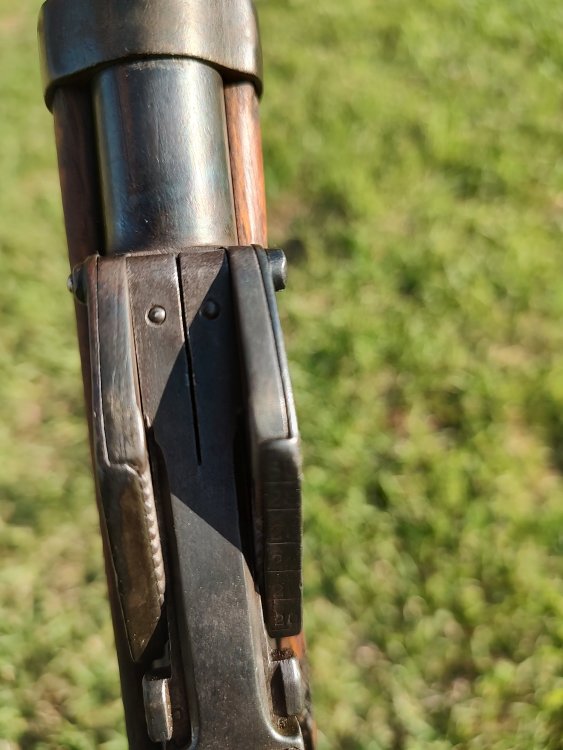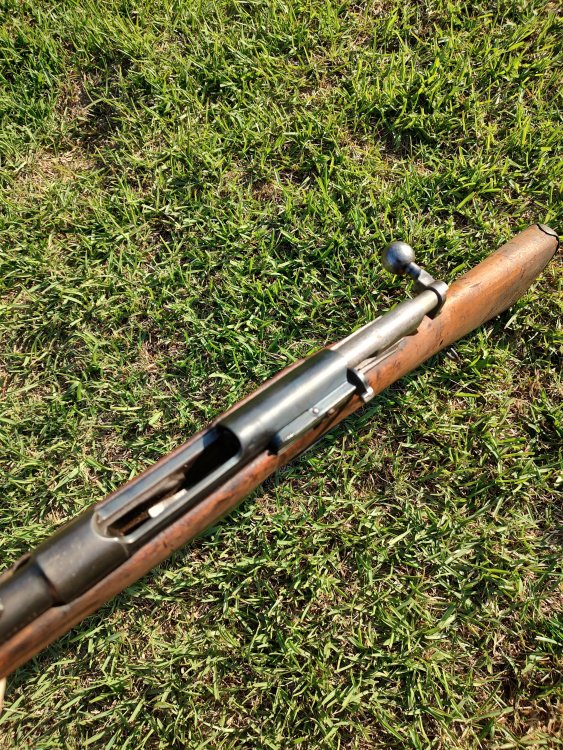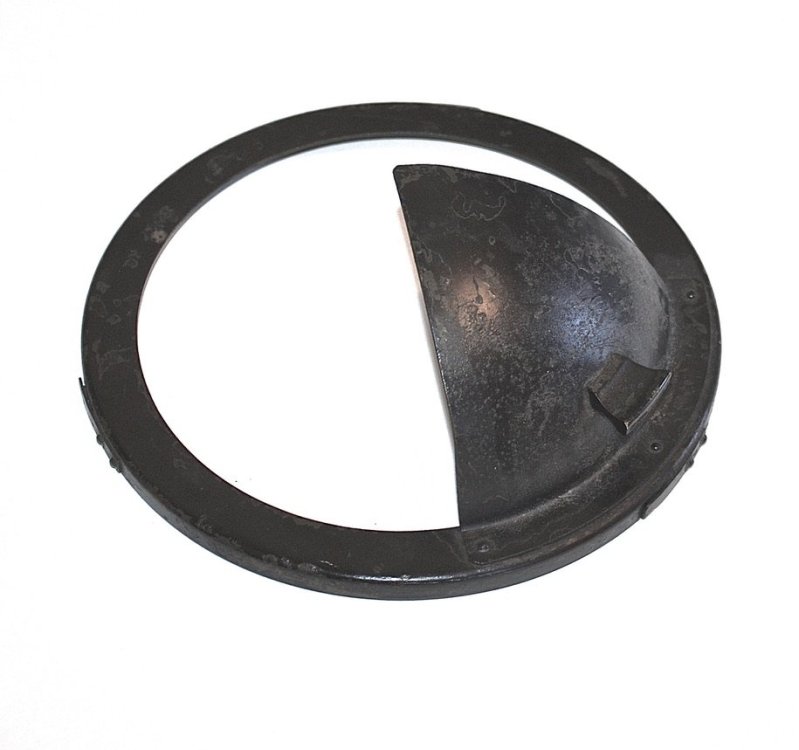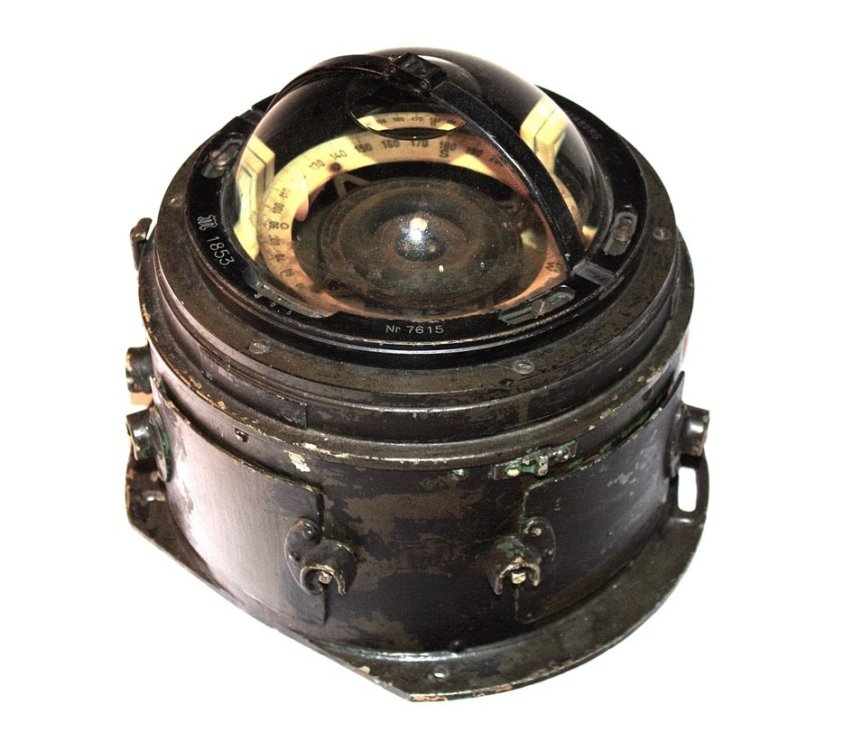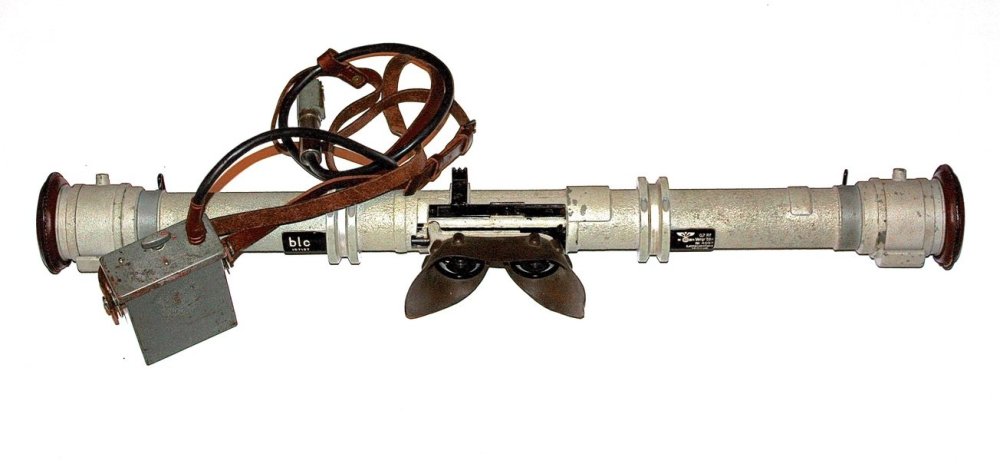All Activity
- Past hour
-

WW1 Era M95 Mosin Nagant Revolver
Gildwiller1918 posted a topic in De-activated and Antique Guns, Munitions and Fuzes
Here is the Mosin Nagant M1895 Revolver. This gun is a 7-shot and fires a 7.62 x 38mmR cartridge. It was designed by Léon Nagant and production started in Belgium, in 1898, Russia bought the rights to produce and started making on average 20,000 a year. The gun utilizes a gas seal, which seats the cylinder against the barrel, preventing loss of gas pressure. The cartridge is also unique looking with the bullet completely recessed inside the casing. The loading and reloading on this gun was not fast or easy compared to other revolvers in use elsewhere at the time. These pistols were made in large numbers, with at least 2 million produced seeing service through WW2 until being replaced in 1952. This particular firearm was made in 1909 at the Tula factory, however after the revolution, czarist era stampings were marked out or removed, as in this case the markings have been stamped over. Typically, from what I have seen, more soviet era pistols are available than Czarist ones on the market today. - Yesterday
-

Mikosch im Geheimdienst - Spielfilm - Gunther Philipp/Eddi Arent - 1959
Fritz replied to Fritz's topic in YouTube Forum
-

WW2 Era Mauser HSc Pistol
Fritz replied to Gildwiller1918's topic in De-activated and Antique Guns, Munitions and Fuzes
Nice pistol, what a shame the new laws in Europe prevent collectors purchasing or owning even deactivated examples.- 1 reply
-
- 1
-

- Last week
-

WW2 Era Mauser HSc Pistol
Gildwiller1918 posted a topic in De-activated and Antique Guns, Munitions and Fuzes
Here is my Mauser HSc pistol, the HSc stood for: Hahn Selbstspanner or self-coking hammer pistol. While originally developed as a commercial pistol, it was incorporated into military service once war broke out. In late 1940 these went into production with serial numbers beginning at 700,000, which was a carryover of the previous model, the Mauser 1934 pistol. Early models had a more refined appearance and high-quality machining, naturally as the war progressed the quality decreased. The initial batch of pistols went the German Navy, and afterwards the Army got the bulk (54%), followed by other organizations. This model is the 3rd variation which has the acceptance mark of an Eagle/135 which stood for weapons produced at Mauser Werke AG, Oberndorf am Neckar, Germany. The pistol has all matching numbers and was produced in early 1942. It also has the Eagle/N proofs in the correct locations. The pistol is 6 inches long and weighs 1.9 pounds unloaded. it fired a 7.65mm semi cased cartridge or .32 ACP. After the war, the Mauser factory at Obendorf was in the French occupation area, and production resumed in 1945 to 1946 for French units in Indochina. Overall production ran until 1977 in which these were supplied to German police forces and to commercial markets. Just a side note, this was the first WW2 pistol I got my hands on a long time ago.- 1 reply
-
- 1
-

-
phantom: Hello. Thank you very much for the compliment. It is a pleasure to share my collection of Kriegsmarine antiques with the Forum. Kindest regards, John R.
-

Mikosch im Geheimdienst - Spielfilm - Gunther Philipp/Eddi Arent - 1959
Fritz posted a topic in YouTube Forum
- 1 reply
-
- 1
-

-
Hi Eddie, sorry I missed this post, yes unfortunately there was no "BM" RZM prefix, they are only found on fakes.
-
Thanks John, much appreciated
- 1 reply
-
- 2
-

-

Top 10 War movies and worst?
Gildwiller1918 replied to Dave's topic in Military and Historical Film and TV Forum
Just got around to watching Greyhound, it was pretty good depiction of the Atlantic Ocean Battle. Although I understand that most U-boat Commanders were aggressive, in the movie it seemed to me they were very aggressive, to the point of recklessness. Just my opinion, but still an entertaining movie. -
awesome collection thankyou for sharing
-

WW1 Era Mannlicher 88/90 Rifle
Gildwiller1918 replied to Gildwiller1918's topic in De-activated and Antique Guns, Munitions and Fuzes
Thank you John, and we continue to look forward to your items as well. -
Soak for a few hours in a bath of lemon juice (citric acid) and water or a solution of oxalic acid. Remove and rinse thoroughly when sufficiently clean, dry thoroughly. Rub with a suitable oil to preserve
-

How to tell if a Iron Cross 1st and 2nd Class is Real or Fake?
John R. replied to Arran Sinclair's topic in The Iron Cross Forum
All: I just finished reading all the posts, what a great exchange between everyone. A big 'THANK YOU' to to Kenny Andrew, Fritz, Gildwiller1918, Eddieq, Urkund1939, Ycvu, and Phantom for sharing their knowledge with others. The ones asking the questions and the ones providing the answers make the Forum great. Best regards, John R.- 179 replies
-
- 5
-

-

-
- medals
- ww2 german
-
(and 1 more)
Tagged with:
-

WW1 Era Mannlicher 88/90 Rifle
John R. replied to Gildwiller1918's topic in De-activated and Antique Guns, Munitions and Fuzes
Gildwiller1918: Hello. Fantastic acquisition, a great addition. Thank you for sharing your new antique Mannlicher 1890 Rifle with the Forum. Thank you for continuing to be a steward of history. Best regards, John R. -
Hi John R., Thank you for your donation of 75.00 GBP. We look forward to improving the forums with your donation. Thanks Treasure Bunker Forum
- 1 reply
-
- 4
-

-

-
Pictured from my collection of Kriegsmarine antiques is bunker light from the Channel Islands. This light was manufactured by 'dzw' Metalwerke v. Galkowsky u. Kielblock, Finow. The fixture is original to the period with only wiring and socket mount being replaced by the prior owner years ago.
-
Pictured from my collection is an optical gunsight for a 3.7 cm anti-aircraft gun (Flak M42) manufactured for the Kriegsmarine. The code for this manufacture is 'dow' (Waffenwerke Brunn A.G. (1943 - Opticotechna Gmbh, Prerau Czech.)). The optic has a wide field of view with a ranging reticle. Even though designed to withstand harsh environments, this optic was made to be removed from the weapon system mounted on an U-boat .
-
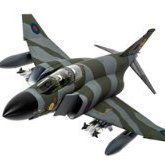
How to tell if a Iron Cross 1st and 2nd Class is Real or Fake?
phantom replied to Arran Sinclair's topic in The Iron Cross Forum
looks like post war Souval- 179 replies
-
- 2
-

-
- medals
- ww2 german
-
(and 1 more)
Tagged with:
-

Heinkel He 111 The last flying Heinkel He 111
Fritz replied to Kenny Andrew's topic in Aviation Forum
Progress is being made in the restoration of the Heinkel at Hawkinge - https://www.kbobm.org/heinkel_project.html- 13 replies
-
- 2
-

-
- Heinkel He 111 crash
- last flying Heinkel He 111
- (and 4 more)
-
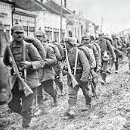
How to tell if a Iron Cross 1st and 2nd Class is Real or Fake?
Xcvu replied to Arran Sinclair's topic in The Iron Cross Forum
The swastika's edges look dull which is not a good sign.- 179 replies
-
- 3
-

-
- medals
- ww2 german
-
(and 1 more)
Tagged with:
- Earlier
-

WW1 Era Mannlicher 88/90 Rifle
Gildwiller1918 posted a topic in De-activated and Antique Guns, Munitions and Fuzes
Here is my new Mannlicher 1890 Rifle or Infanterie Repetiergewehr M88/90. In 1888, the Austro-Hungarians changed the contract on their model 1886 rifles, mainly due to the French introduction of the smokeless powder Mle. 1886 Lebel. This involved moving away from the 11 x 58R cartridge to the 8 x 52R cartridge. The M88 was further upgraded to fire the new smokeless powder M1890 ball cartridge. The rifles that were modified for this were called the M88/90. This is a straight pull bolt rifle, and it is a very simple design with very few parts for disassembly. Some of the changes made to for the conversion to the new smokeless cartridge was adding a more narrow and shallower magazine, as well as a rechambered barrel and sight modifications. The barrel is stamped W-n 91 and marked OEWG. The rifle is about 50 inches long, and weighs 8.9 pounds, with a 5 round capacity magazine. Slightly over a million of these rifles were produced and like many other nations, these were also pulled out of storage for rear echelon units to replace massive losses at the front. This rifle at some point made it to Africa as it has the AOI stamp on the buttstock. This was a RTI gun, and was quite filthy and worn, but I cleaned it thoroughly and got it looking decent once more. -
Pictured from my collection is dome compass (top) with lower binnacle case, type used aboard a Schnellboot. The Eagle, left of the gothic letter M on the bezel, was denazified with black paint, but not damaged. It is visible, just not in this photograph. The compass and sunshade (bottom) are marked C. PLATH of HAMBURG by the maker.
-
Pictured from my collection is a stereoscopic range finder manufactured for the Kriegsmarine by Carl Zeiss Jena (blc). This instrument was used to accurately estimate distance to a target calculated through triangulation, based on the length of the range finder. It can be operated with or without battery. The range finder and all its accessories are kept in a grey painted wood storage box, not shown from collection. A range finder like mine is pictured on page 424 and page 425 of 'Deutsche Kriegsmarine Uniforms, Insignias and Equipment of the German Navy 1933-1945' by Eduardo Delgado.



